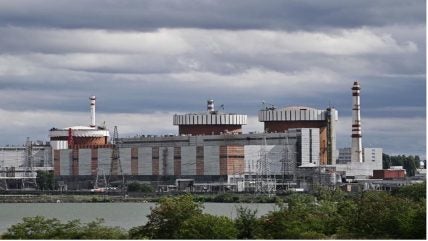
The IAEA teams present at Ukraine’s Khmelnitsky, Rivne and South Ukraine NPPs and the Chornobyl site reported that nuclear safety and security is being maintained despite the effects of the ongoing conflict, including regular air raid alarms.
At the South Ukraine NPP, the IAEA team was informed that reactor unit 1 was disconnected from the grid for about four hours on Tuesday evening due to a spurious signal to the unit’s protection systems without the reactor safety systems being activated. The root cause of the event is being investigated. The reactor – one of three at the plant – resumed operation.
At the request of Ukraine, an IAEA team visited six electrical substations in Ukraine, as part of the Agency’s work to assess the status of the electrical grid infrastructure essential to nuclear safety that began in September. During the visits, the team reviews the operational consequences of actual and potential damage to substations which supply off-site power to the country’s NPPs.
The safety of operating NPPs is dependent on a stable grid connection, but the situation in this regard has become increasingly precarious in recent months. The IAEA has teams of staff stationed at all of Ukraine’s NPPs.
IAEA is continuing to implement its comprehensive programme of assistance in support of nuclear safety and security in Ukraine, including by delivering requested equipment. This week, two spectrometry systems enhancing the analytical capabilities of the hydrometeorological organisations of the Ukraine’s State Emergency Service were procured and delivered, funded by Switzerland. It was the 71st equipment delivery to Ukraine, totalling over €12.1m ($13m) since the start of the armed conflict.
In addition, the Agency has coordinated the delivery of the two static test benches from the Rivne NPP to the supplier for repair during an outage of reactor unit 2. The repair was funded by Norway. The repair should be completed by the end of April next year, when the repaired test benches will be returned to the plant to enable the unit’s restart. The equipment is used in the nuclear and other industries to stress test components, including hydraulic shock absorbers.






